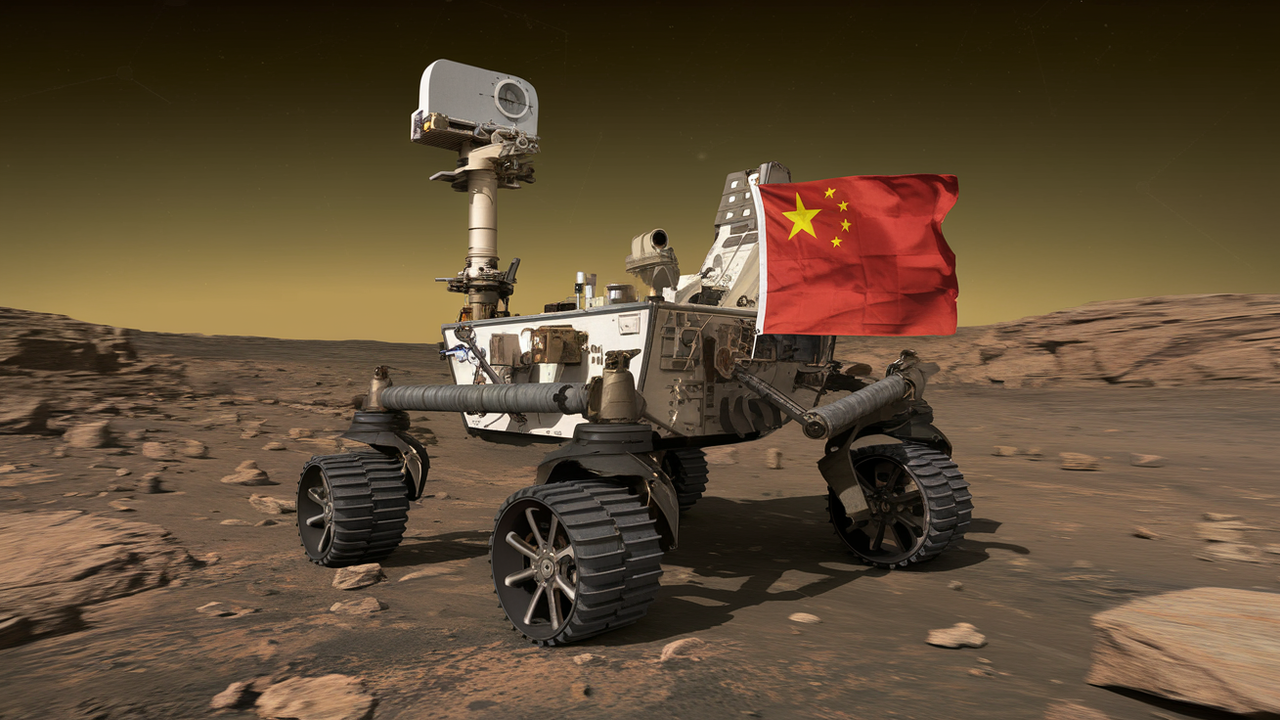The MSR program, launched nearly 15 years ago, was initially estimated at $3 billion, but its cost has already exceeded $8-11 billion and its implementation has faced many technical challenges.
NASA now plans to revise the project to 2026, pushing the mission’s launch to 2031 or later. Meanwhile, China plans to send its mission in 2028, according to the latest data, which could allow Mars samples to be returned as early as 2031.
NASA emphasizes that the US mission is more ambitious than the Chinese take-away.
The plan is to return approximately 30 samples collected by the Perseverance rover using proven technologies such as an aerial crane and radioisotope power sources. However, the serious gap with China threatens the US’s leadership in the space race.
Source: Ferra
I am a professional journalist and content creator with extensive experience writing for news websites. I currently work as an author at Gadget Onus, where I specialize in covering hot news topics. My written pieces have been published on some of the biggest media outlets around the world, including The Guardian and BBC News.











